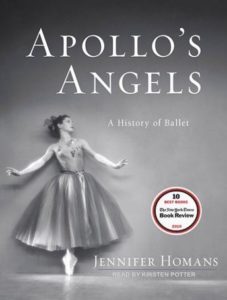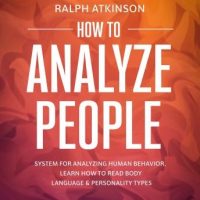Apollo’s Angels: A History of Ballet Audiobook (Free)
Summary:
For more than four hundred years, the art of ballet has stood at the center of Western civilization. Its customs serve as a record of our previous. A ballerina dancing The Sleeping Beauty today is a link in an extended chain of dancers extending back to sixteenth-century Italy and France: Her graceful actions recall a lost globe of courts, kings, and aristocracy, but her measures and gestures are also marked by the dramatic changes in dance and culture that implemented. Ballet has been shaped from the about Apollo’s Angels: A History of Ballet Renaissance and Classicism, the Enlightenment and Romanticism, Bolshevism, Modernism, as well as the Cold War. Apollo’s Angels is usually a groundbreaking work-the initial cultural background of ballet ever created, beautifully told.
Ballet is exclusive: It has no written text messages or standardized notation. It is a storytelling art passed on from teacher to student. The steps are never simply the steps-they certainly are a living, breathing document of a culture and a tradition. Even though ballet’s language is certainly shared by dancers just about everywhere, its artists are suffering from distinct national styles. French, Italian, Danish, Russian, English, and American customs each possess their own expression, often created in response to politics and societal upheavals.
From ballet’s origins in the Renaissance as well as the codification of its basic techniques and positions under France’s Louis XIV (himself a devoted dancer), the talent wound its way through the courts of European countries, from Paris and Milan to Vienna and St. Petersburg. It had been in Russia that dance progressed into the proper execution most familiar to American audiences: The Sleeping Beauty, Swan Lake, as well as the Nutcracker originated at the Imperial courtroom. In the twentieth hundred years, emigre dancers taught their art to a era in america and in Western Europe, setting off a new and radical change of dance.
Jennifer Homans is a historian and critic who was also a professional dancer: She provides to Apollo’s Angels an understanding of dance given birth to of dedicated practice. She traces the evolution of technique, choreography, and performance in clean, obvious prose, drawing listeners in to the intricacies of the artwork with vivid descriptions of dances as well as the artists who made them. Apollo’s Angels is an authoritative function, written using a grace and style befitting its subject.
Related audiobooks:







